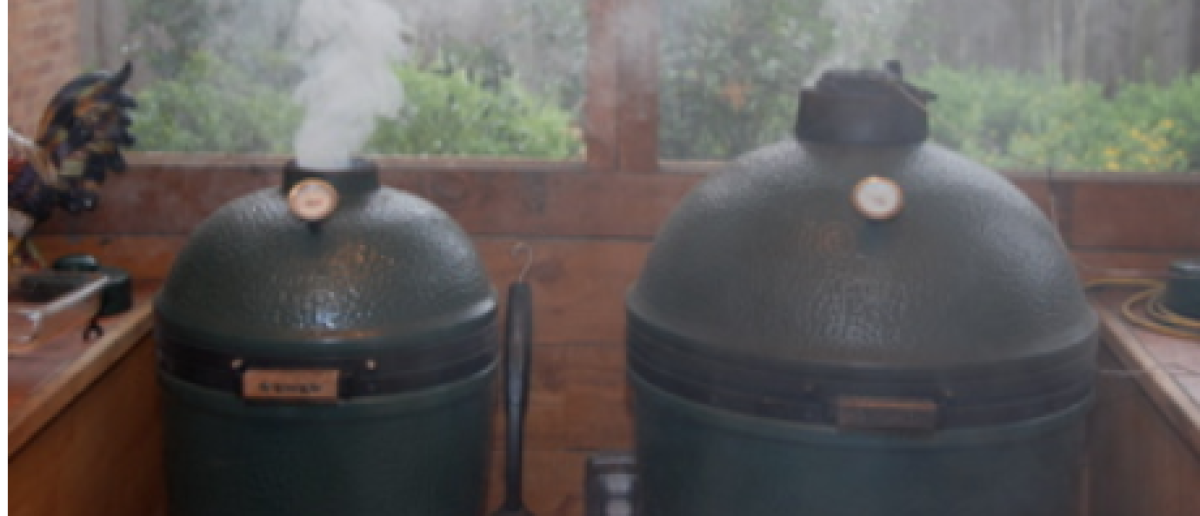
Slices of cabbage are seasoned and wrapped in a foil boat, then roasted at a high temp in the Egg which adds a little char around the edges. We were first served this awesome side on New Year’s Day (2016) at the Gulfport home of my fellow Egghead, Terry Helms and his gracious wife, Angel. I first “met” Terry (Grillin Guy) on the BGE Forum many years ago, then in person with Angel when we were cooking at the first Gulf Coast Eggfest. Eggers are a cult – a big family who connect through Forums, Facebook pages and Eggfests. Many life-long friends are made through these connections!

1st Annual Gulf Coast Eggfest – 2010
On to the cabbage……………
Cut a 1/2 head of cabbage through the core into quarters, then eights. Drizzle with melted butter, spray butter or EVOO. Liberally coat with Tony Chachere’s Cajun Seasoning.

Seal in the foil boat and roast on the Egg – elevated (above the rim), direct at 400-450* for 20 minutes.

Rest on counter, then carefully open and serve.

Prep: 10 min. Cook time: 20 min Serves: 2
Ingredients:
1/2 head of cabbage
EVOO
Butter, melted (or “I Can’t Believe it’s Butter” spray)
Tony Chachere’s Cajun Seasoning
Instructions:
1) Cut cabbage through the core into quarters, then into eights.
2) Place each cabbage slice on a large sheet of heavy duty aluminum foil (HDAF).
3) Pour melted butter or the EVOO (or both) or spray with faux butter. Liberally coat both sides of the wedges with the cajun seasoning.
4) Seal each packet tightly and place in the BGE – direct, elevated (above the rim) at 400-450*.
5) Cook for 20 min., then rest on the counter until ready to serve.
6) Open carefully as they will release steam when opened.



















